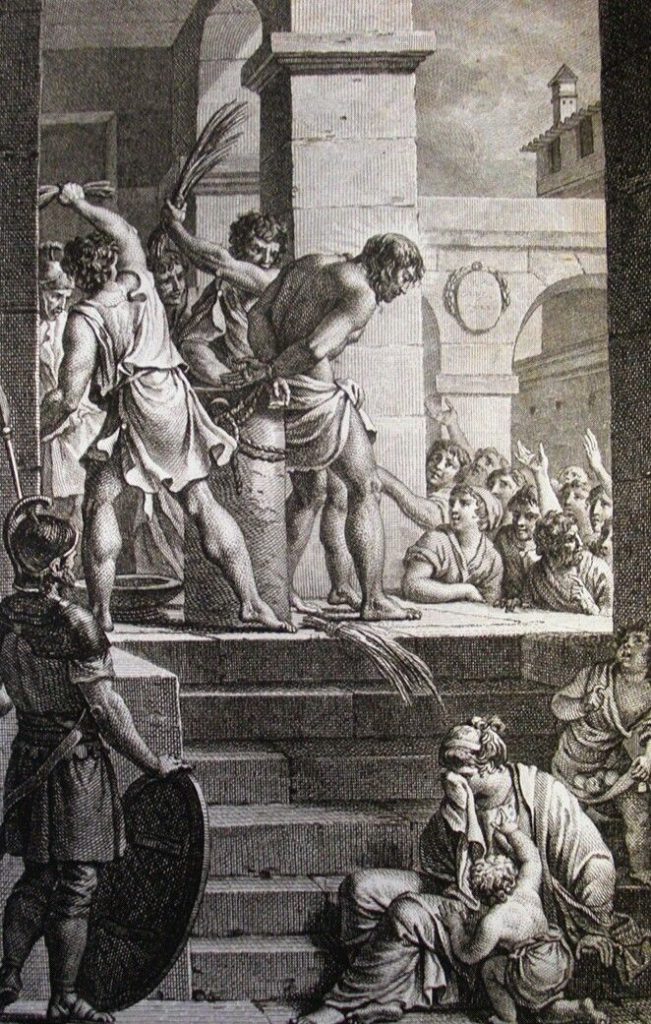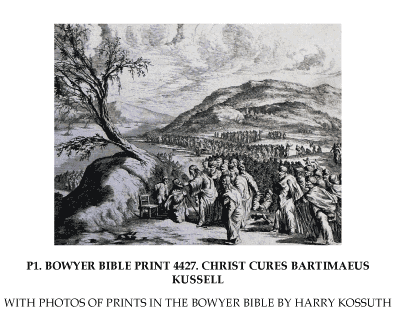 I used to wonder if whoever wrote the Gospel of Mark intended to have Jesus in the last half of the Gospel largely reverse the role he had carved out in the first part of the Gospel.
I used to wonder if whoever wrote the Gospel of Mark intended to have Jesus in the last half of the Gospel largely reverse the role he had carved out in the first part of the Gospel.
The gospel is characterized by reversals and ironies at many points. The one who raised the dead dies, but is resurrected, too. Demons recognize who he is but his disciples fail to do so, yet when they finally do their leader himself is rebuked as a “Satan”. The way to gain one’s life is to lose it. Those commanded to silence speak, and those who are commanded to speak are silent. Jesus performs great miracles in Galilee, but when he reaches Jerusalem as the Messianic King he is powerless, rejected and slain.
Jesus is portrayed as the Son of God (cum “son of man”) until he reaches Jerusalem. He casts out the hidden demonic rulers of the world and releases those who had been held captive to their power, either with sin, sickness or outright possession. (Illnesses were believed to be caused by demons.)
The first miraculous act by Jesus when he begins his mission in Capernaum is an exorcism of a man in a synagogue. The moment of the evil spirit departing is described as follows:
And when the unclean spirit had convulsed him and cried out with a loud voice, he came out of him. (Mark 1:26)
The moment of Jesus’ death is not unlike the signs of an exorcism, with a loud shout and exiting of one’s spirit or breath: Continue reading “Jesus, bearing the diseases he had healed?”

